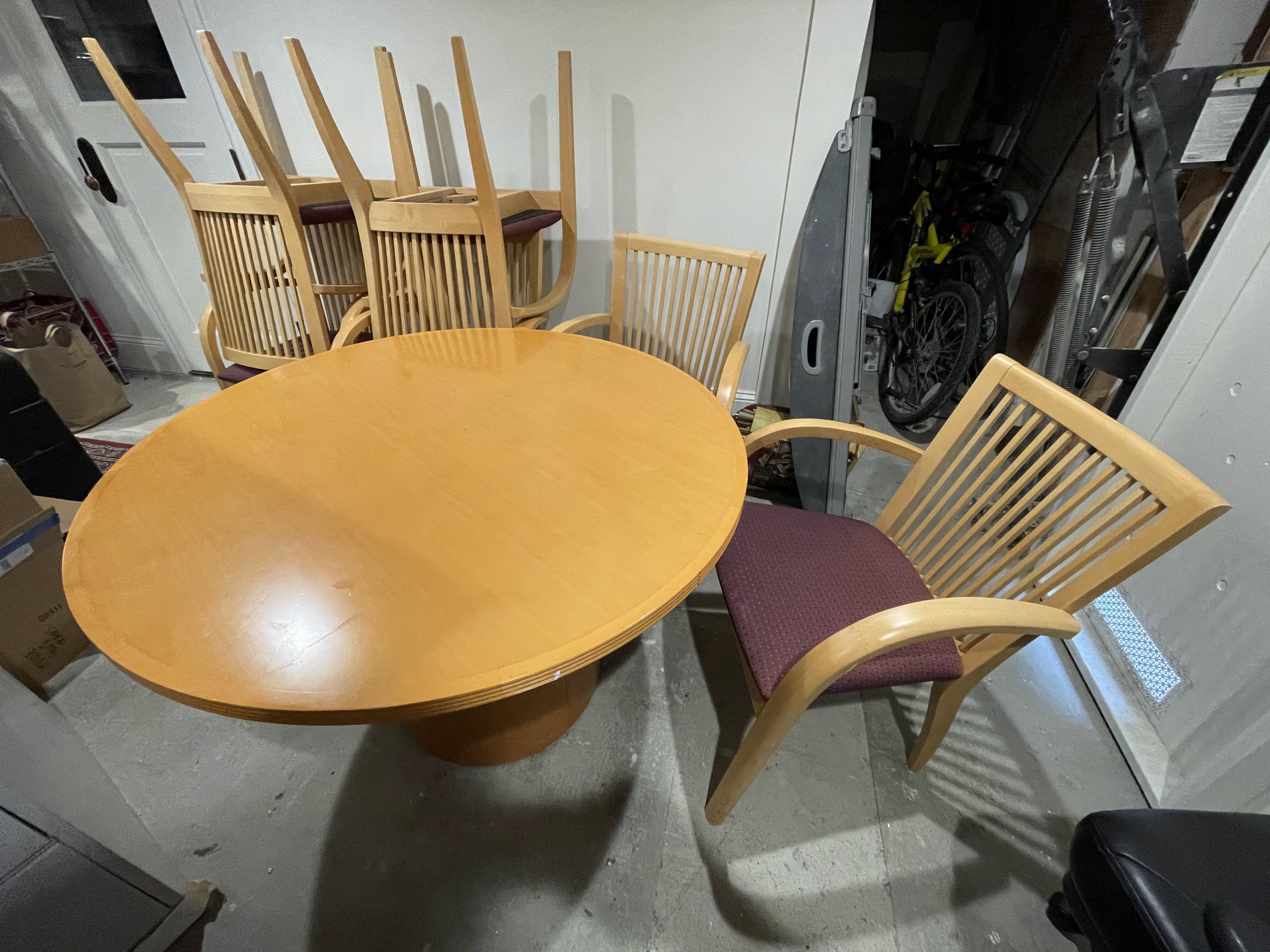Mapmaking in Islamicate Societies
Step 0 of 0
1

2

3

E230 - North Africa and Al-Andalus, Leiden University, Or. 3101, pp. 20-21
http://hdl.handle.net/1887.1/item:1577883
This map carries the headline "The image of the West" (Maghrib). In the Mediterranean, a large triangle and a red-round circle are placed. The red circle is called Scilly and the triangle is identified as the Mountain of Fire (Vesuvius). The golden letters in the upper part of the blue sea with light and dark blue waves mark it as the Encompassing Sea. The Encompassing Sea surrounds the entire globe as one single ocean. This is an old concept going back to Mesopotamia.
The red circle in the centre of al-Andalus is the city of Cordoba. The mountain close to the Mediterranean is called the Mountain of Tariq (today Gibraltar, which is a corrupted of the Arabic name). Tariq was the commander of the Muslim troops who crossed in 711 the Mediterranean from Marocco to the Iberian Peninsula, beginning the conquest of the region. The eastern part of the Iberian Peninsula carries names that point to Christian territories, such as Franja (the Franks), often used synonymously for all western Christians.
The purple circle in Africa carries the name Sijilmasa, an important trade centre south of the Atlas. No parts of Subsaharan Africa are included.
The Mediterranean is thus shown primarily as a body of water between territories ruled by Muslims.
E230 - World map, al-Istakhri, Leiden University, Or. 3101, pp. 4-5
Abu Ishaq Ibrahim b. Muhammad called al-Istakhri probably came from Istakhr, a city in the vicinity of ancient Persepolis. He is one of the four main tenth-century composers of a geographical text with a world map and, varying between the many copies, around 21 regional maps.
Since the maps are south-oriented, the Mediterranean appears on the right side of the map. It has an almost oval form whose western-most part is cut off by the inner circle marking the encompassing ocean into which its waters flow. Southwards, the Nile is represented by a rectangular strip. The broader and shorter blue rectangular strip to the North is the Black Sea.
On top of the blue, wavy water of the Mediterranean three red circles mark the islands Cyprus, Crete and Sicily. Only Sicily was under Muslim rule in the tenth century, when Istakhri compiled his work. In the thirteenth century, when this copy was produced in the Middle East, all three islands were ruled by Christian kings.
The Mediterranean is thus presented as a body of water that linked Muslim regions but was interspersed by insular domains of Christian powers.
Place a DOT on the image


